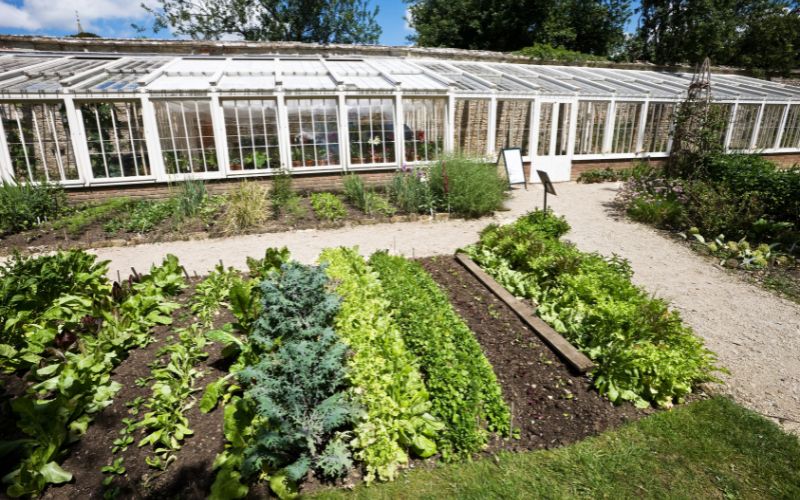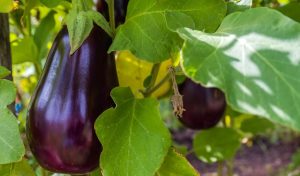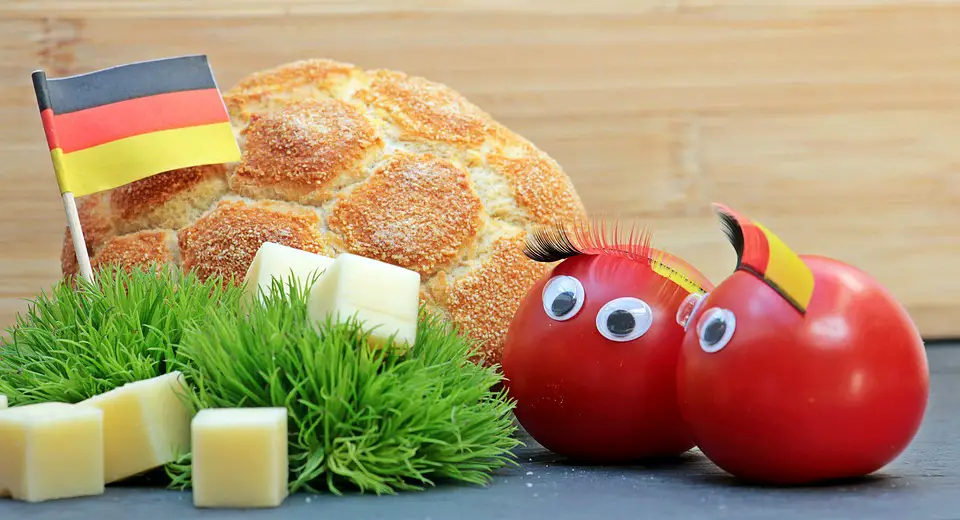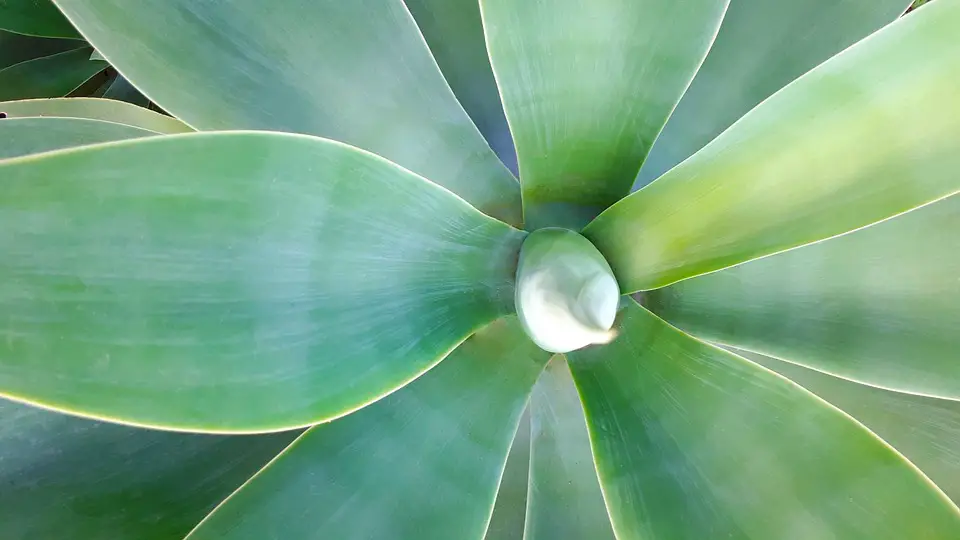Gardening is a fun and rewarding hobby, but it can be intimidating for beginners.
With so many different vegetables to choose from, it’s hard to know where to start.
We’ve compiled a list of the five best vegetables to grow for beginners. By starting with these easy-to-grow options, you’ll be sure to have a successful gardening experience.
Vegetables are a great option for beginner gardeners because they’re relatively easy to grow and don’t require a lot of space. When selecting vegetables to grow, it’s important to consider your climate and the amount of sunlight your garden receives.
What to Consider When Choosing Your Veggies
There are a few things you’ll want to take into consideration when selecting the vegetables you want to grow:
-Are you growing them for eating or ornamental purposes?
-How much sun does your garden get?
-How large do the plants get?
-How long do they take to mature?
-Do they need supports (like cages or stakes)?
-What kind of soil do they need?
-Are they susceptible to pests or diseases?
Once you’ve considered all of these factors, you’ll be ready to choose.
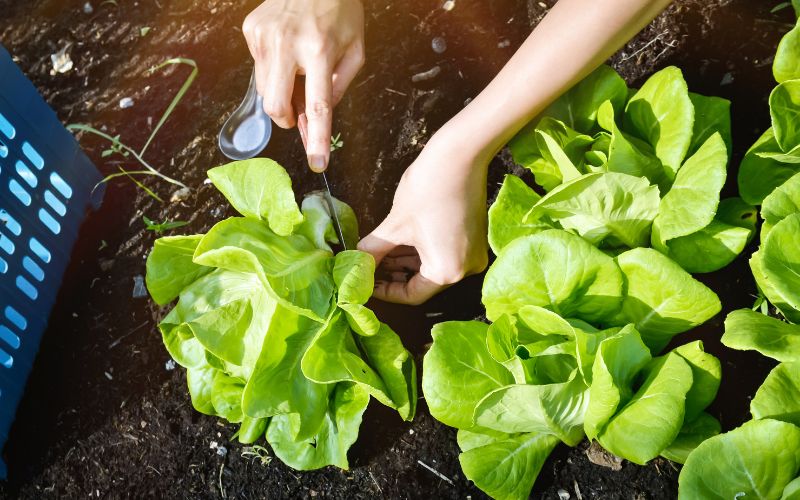
The best vegetables to grow for beginners
Lettuce
Lettuce is a cool weather crop that does well in partial shade.
It’s also one of the quickest vegetables to mature, so you can expect to see results in as little as six weeks.
Lettuce is a great option for beginner gardeners because it’s relatively low-maintenance and doesn’t require a lot of space.
It prefers cool weather and shaded areas, making it perfect for spring or fall planting.
Lettuce comes in many varieties, so be sure to select one that will do well in your climate.
For example, iceberg lettuce needs full sun and hot weather to thrive, whereas other varieties like Romaine can tolerate partial shade.
Spinach
Like lettuce, spinach is a cool weather crop that thrives in partial shade.
It’s fast-growing, so you can expect spinach leaves in as little as 30 days.
Spinach is a versatile vegetable that can be used in salads, soups, and even smoothies.
Plus, it’s packed with nutrients like iron and vitamins A and C.
Radishes
Radishes are another fast-growing vegetable, so you can expect to harvest them in as little as four weeks.
They prefer loose, well-drained soil and full sun but can tolerate partial shade.
Radishes come in many shapes, sizes, and colors, so experiment until you find a variety that you like.
They’re perfect for beginner gardeners because they’re fairly easy to grow and don’t require much space.
Plus, radishes add a nice crunch and flavor to salads and other dishes.
Carrots
Carrots are a cool weather crop that does best in full sun but can also tolerate some shade.
They are easy to grow and make a delicious addition to any meal.
They prefer full sun but will tolerate partial shade. Carrots need loose, sandy soil that is high in organic matter.
Be sure to keep the soil moist but not waterlogged, as too much moisture will cause the roots to rot.
They take longer to mature than some other vegetables—up to 70 days—but they’re relatively low-maintenance and don’t require much space.
Beans
Beans are a warm weather crop that does best in full sun but can also tolerate some shade.
Beans come in many varieties and can be grown both indoors and out. They prefer full sun but will tolerate partial shade and need well-drained soil that is high in organic matter.
They take longer to mature than some other vegetables—up to 70 days—but they’re relatively low-maintenance and don’t require much space.
Beans are perfect for adding sweetness and crunch to salads, soups, and other dishes plus they’re packed with nutrients like beta-carotene and fiber.
Final Words
There are many different vegetables that beginners can choose from when starting their gardening journey.
With so many different options, t might be difficult knowing where to start .
Selecting certain vegetables may depend on climate, the amount of sunlight, and maintenance.
The five best vegetables listed above are lettuce, spinach, radishes, carrots and beans .
These are all great options for beginner gardeners because they produce quickly, don’t require too much space, and are low maintenance.
Read Next
How to attract ladybugs to your garden

